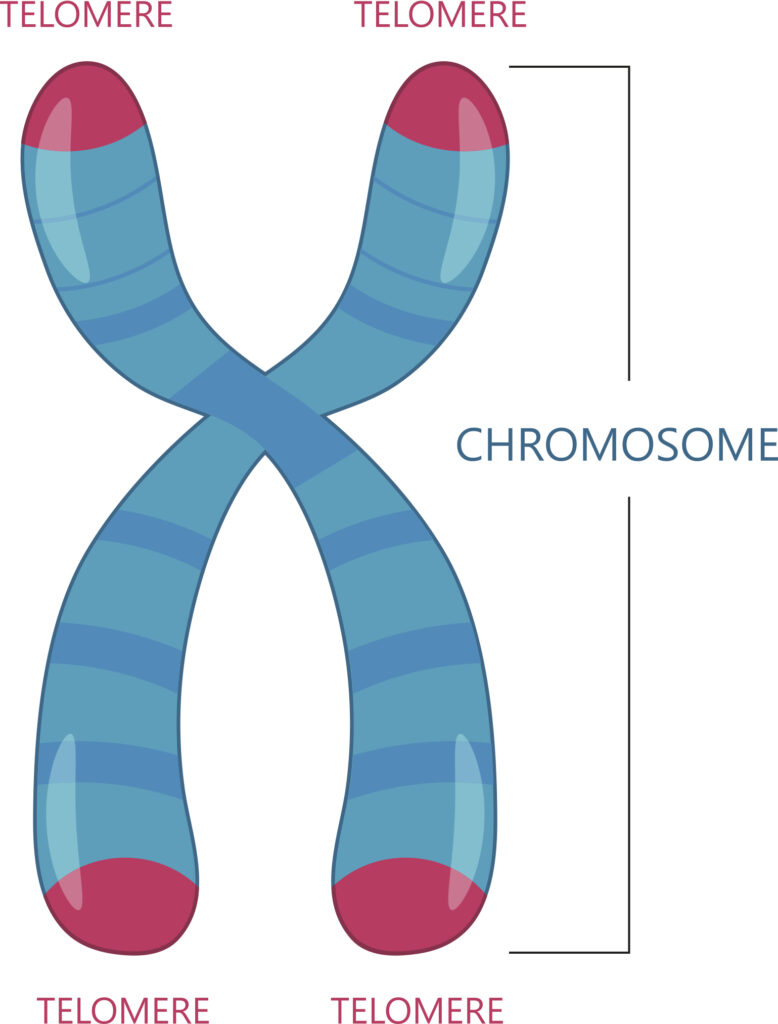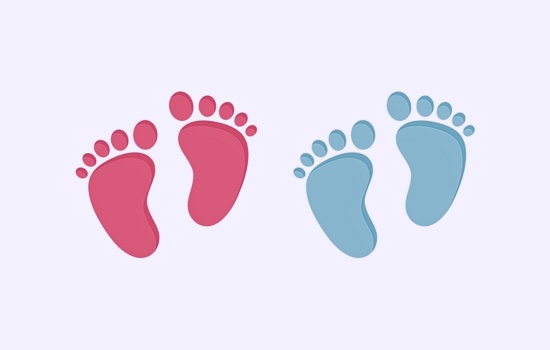Although you won’t be able to find out the sex of your baby until either the end of the first trimester (if you do prenatal genetic testing – e.g. NIPS) OR during the second trimester (via an ultrasound), the die has been cast.
Get Wise Below About How a Baby’s “Sex” is Determined Early On. The First Step in Understanding How This Happens is To Do a Quick Review of Chromosomes and Fertilization. Here Goes…
- As you may (or may not) remember, chromosomes contain our genetic information and look like this:

- Each human cell contains 46 chromosomes. These chromosomes come from 2 sources: the egg and the sperm.
- The egg and the sperm each contain 23 chromosomes: 22 regular chromosomes and 1 “sex” chromosome.
- When the sperm fertilizes the egg, the two combine their genetic material, creating a fertilized egg with 46 chromosomes. (The fertilized egg eventually grows into the baby.)
- The egg always supplies an X sex chromosome, whereas the sperm donates either an X chromosome or a Y chromosome.
If the sperm donates an X chromosome (to go with the egg’s X chromosome), you’ll have a (genetic) girl – an XX baby.
If the sperm donates a Y chromosome, you’ll have a (genetic) boy – an XY baby.
Conclusion: The sex chromosome that the sperm donates determines the baby’s sex.
The Bottom Line
Over the years, researchers have suggested that certain factors (e.g. diet, the timing of sex in relation to ovulation, and sexual positions) can influence a baby’s sex. Although this topic continues to be hotly debated, the prevailing wisdom is that a baby’s biological sex is random – i.e. you have a 50/50 chance of having a boy or a girl with each pregnancy.








